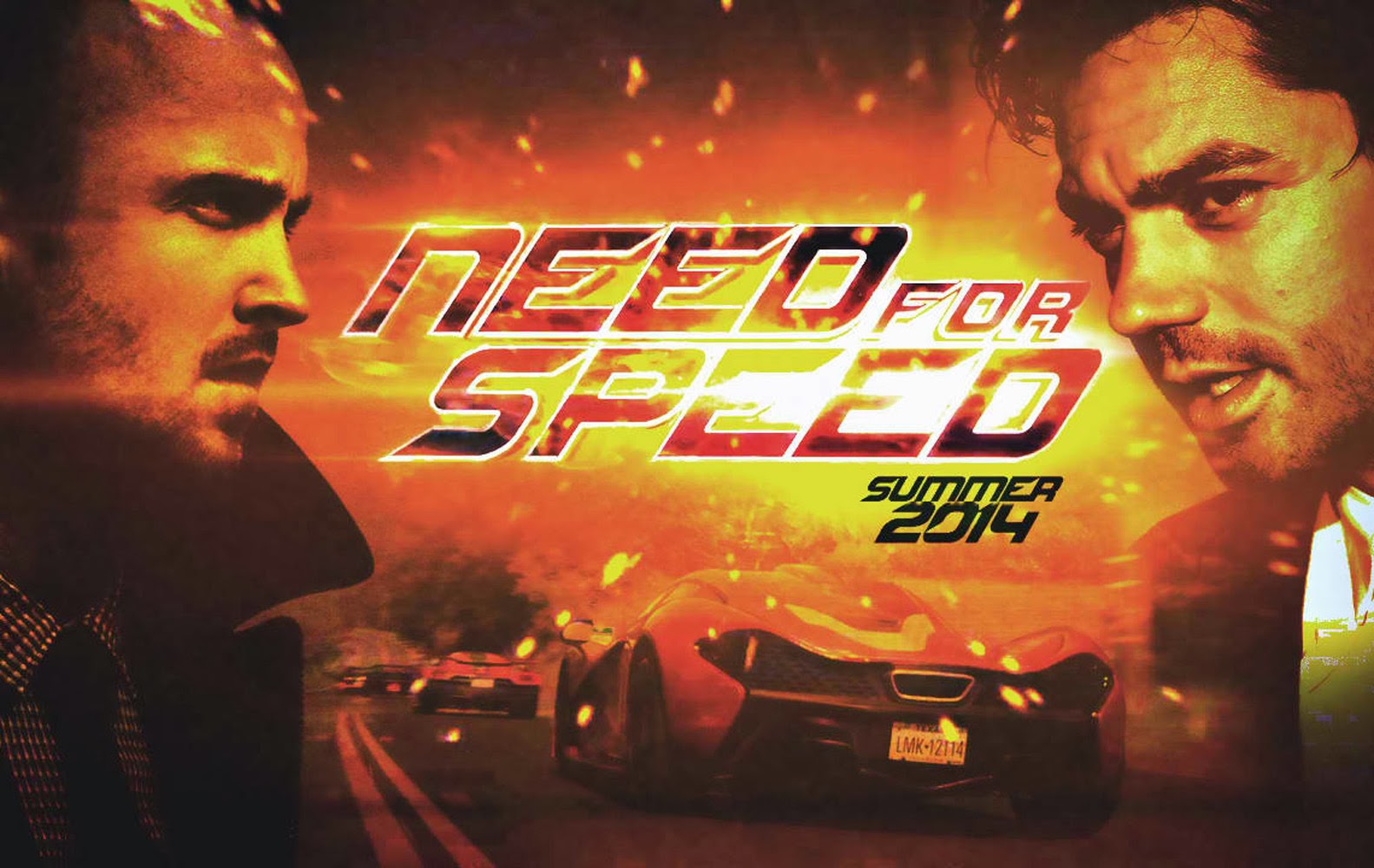The video game has been published in 22 languages in 60 countries, selling over 140 million units and raking in sales of more than $4 billion.
But the company was hesitant as the majority of games previously made into films had not been successful. So they decided to take a proactive approach and not wait for the perfect script. “We went in knowing the kind of film we wanted to make and looking for experts in the industry to help us make it even better,” says producer Patrick O’Brien. “The brand is important to us, as are its fans, so we knew we had to do it right – and with the right partners – or not do it at all.”
Screenwriter John Gatins (Oscar®-nominee for “Flight”) and his brother and co-writer George own an auto shop where they restore classics. Both have been enamored with the culture of cars since childhood, and when EA visited their garage to discuss a possible screenplay, everyone immediately hit it off. In the Gatins’ brothers they found kindred spirits who spoke the same language and were equally as well versed in cars and filmmaking.
John Gatins says, “What was great about the writing process is that the various iterations of the video game don’t provide a lot of narrative which created an open slate for George and myself to infuse the characters into this world.”
The Gatins ended up delivering a screenplay that was a gear-grinding drama with fully fleshed out characters which captured the freedom and excitement of the game in a real-world setting. EA then partnered with DreamWorks and Scott Waugh (“Act of Valor”) was brought on to direct, resulting in the fast-paced, badass car-racing thriller “Need for Speed.”
The film revolves around Tobey Marshall (“Breaking Bad’s” Aaron Paul) who runs his family’s auto shop and races the underground street circuit with his buddies on weekends. Life is good but his whole world is turned upside down when he is sent to prison for a crime he didn’t commit. In prison he spends the next two years thinking about one thing: vengeance. While questioning the morals to which he has always adhered, he is nevertheless determined to bring down his enemies … no matter what the cost.
With “Need for Speed,” Waugh wanted to pay tribute to the great car movies from the 1960s and ‘70s by making a film in the same vein as “Bullitt” (1968), “The French Connection” (1971) and “Vanishing Point” (1971) where the car stunts were authentic and executed without any visual effects and looking as realistic as they did in the game.
Waugh explains, “Capturing the action sequences in the camera works on a couple levels. First, there’s an innate trigger in humans when we know something is not real, no matter how good it may look. And on a visceral level you can tell when an actor is in a real environment.”
He continues, “We went back out on the road, travelling at high speeds and hanging out the side of the car to film this. I wanted the audience to really feel what it’s like to drive 230 miles per hour.”
The end product is a unique perspective not often seen in cinema where the audience actually becomes the driver behind the wheel, something that is sure to appeal to fans of The Need for Speed who were drawn to it for the same reason in the first place – the authenticity.
Opening across the Philippines on March 12, “Need for Speed” is distributed by Walt Disney Studios Motion Pictures International through Columbia Pictures.
Thank you for reading this post! If you like this post, please share it on Facebook, Twitter or Google+. Invite us to your events and gatherings for a write-up or coverage: press/blog conferences, product launching, food tasting, demonstrations, exhibits, advocacy events, etc. If you have something to say – comments, suggestions, reactions, don’t hesitate to post a comment below. For more, email us at aolionheart@yahoo.com



